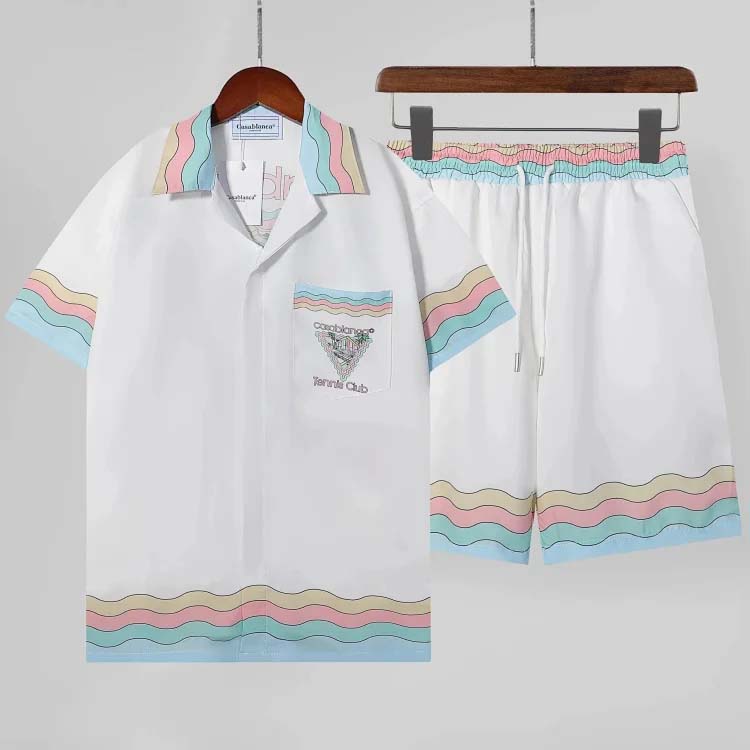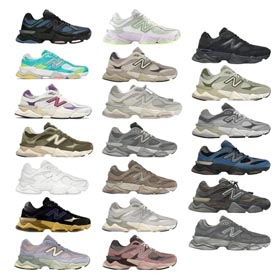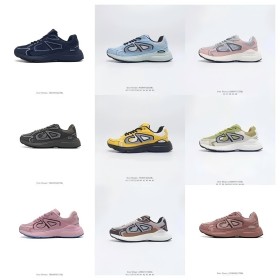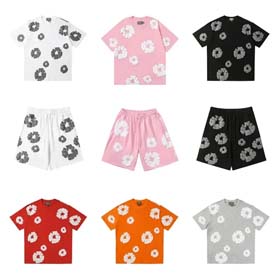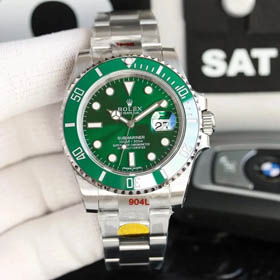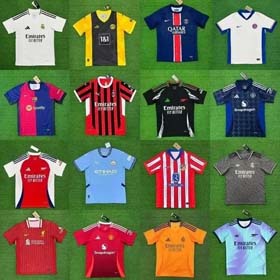Brand Partnership Evaluation
When it comes to assessing potential brand partners, having a systematic approach is crucial for success. By leveraging reviews and spreadsheet data, one can accurately evaluate the suitability of a brand for collaboration. This method not only ensures that the partnership aligns with business goals but also minimizes the risks associated with such collaborations.The process begins with a thorough review of the brand's reputation and performance metrics. This includes examining customer feedback, product quality, and overall market presence. By analyzing these factors, a comprehensive understanding of the brand's standing can be achieved.Next, a spreadsheet is used to organize and analyze data related to the brand's suppliers. This involves tracking two key metrics: the "authenticity rate" and the "customer repurchase rate." These metrics provide insight into the reliability and customer satisfaction associated with the brand's products.A quadrant analysis model is then constructed within the spreadsheet. This model categorizes suppliers into four quadrants based on their "authenticity rate" and "customer repurchase rate." The top-right quadrant, representing "high authenticity" and "high repurchase rate," is where the most desirable suppliers are located.By prioritizing suppliers in the "double high" quadrant, the risk of collaboration can be significantly reduced. Studies have shown that this approach can lower the risk by more than 60%, as it focuses on suppliers who consistently deliver high-quality products and have a proven track record of customer satisfaction.For further reference and to explore the brand's offerings, one can visit the external link provided: Chanel Handbags and Footwear. This link offers a glimpse into the brand's products and can serve as a starting point for evaluating potential partnerships.In conclusion, the combination of review analysis and a spreadsheet-based quadrant model offers a powerful tool for assessing brand partners. By focusing on suppliers with high authenticity and repurchase rates, businesses can make more informed decisions and reduce the risks associated with brand collaborations.


